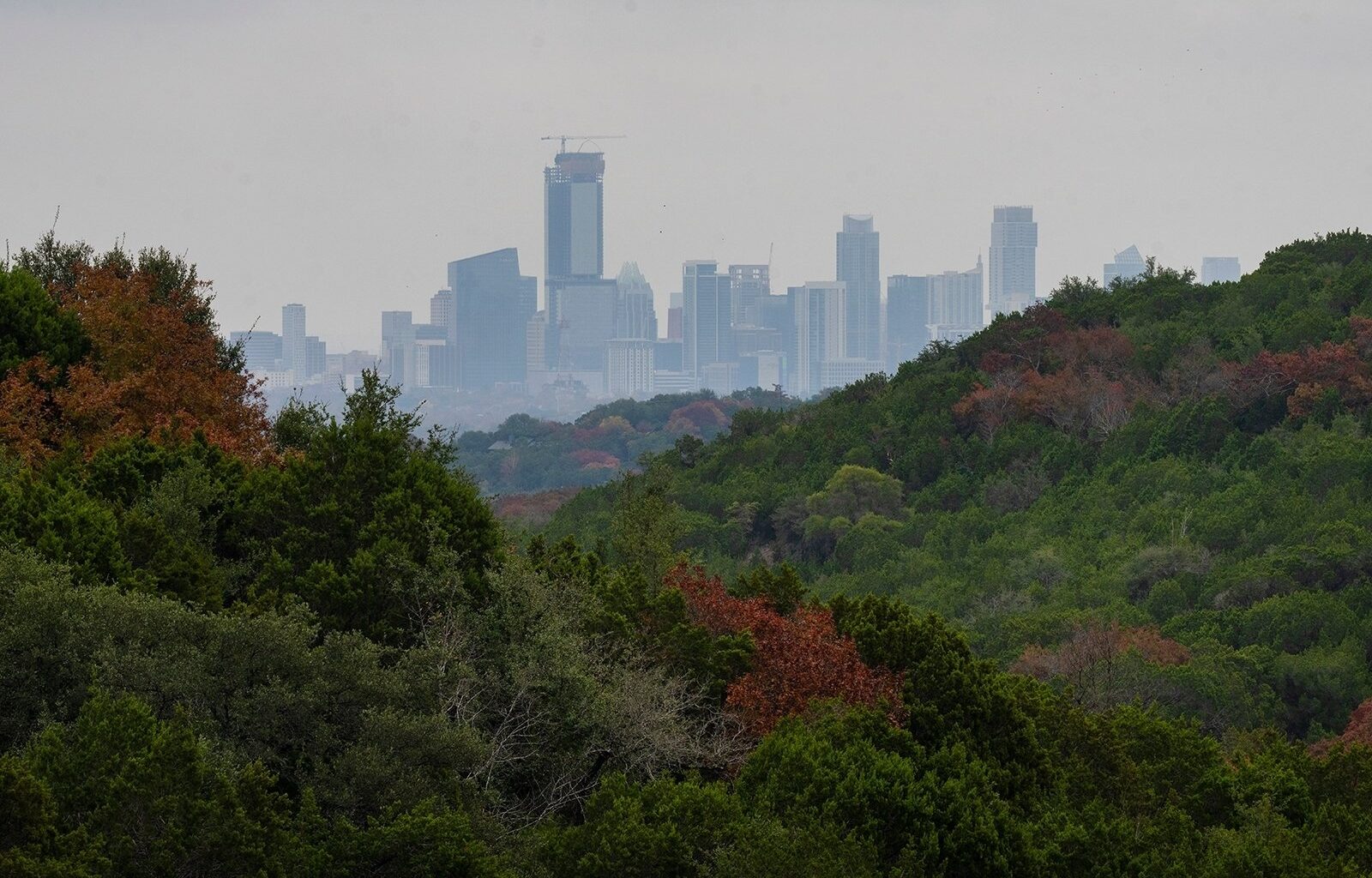Temperatures like these certainly don’t feel like fall, and it’s easy to think that winter could be just as toasty. In fact, the winter outlook from the National Oceanic and Atmospheric Administration released earlier this month calls for a warm and dry season across the Lone Star State.
That seasonal forecast would be consistent with the recent transition to La Niña, the cooling of equatorial waters in the eastern Pacific Ocean that is a major driver of global climate patterns.
NOAA’s winter outlook focuses on the probabilities, not specific values, of temperatures and precipitation being above, near, or below average during December, January and February. The forecast also considers how drought levels are expected to change in those three months, which make up meteorological winter.
La Niña has officially developed and is expected to persist through at least the first half of winter. This phenomenon typically shifts the jet stream farther north, bringing warmer and drier conditions to the southern Plains, including Texas.
“A milder-than-average winter is favored across the southern tier of the country and along the Eastern Seaboard,” NOAA wrote in its forecast update. “Wetter-than-average conditions for the Ohio Valley and southern Great Lakes region, along with most of Alaska, are also favored.”
Drier conditions are favored in the desert Southwest, through Texas and along the Gulf Coast and Southeastern states.
Most of Central and South Texas fall within the moderate to exceptional drought categories. Gauges at Austin’s main weather observation site at Camp Mabry have measured only 22 inches of rainfall so far this year, which is about seven inches below normal. Austin-Bergstrom International Airport has recorded only 21 inches of rainfall for 2025, which is 7.5 inches below the average cumulative total by this time of the year.
For the first time in more than a month, we have a real chance at significant rain in Central Texas. A storm system and a cold front are expected to move in Friday and Saturday and, if everything comes together, parts of Austin and the Hill Country could see between an inch and 2 inches of rainfall.
So far, October 2025 has been both Austin’s warmest and driest October on record. However, if this much-needed rain materializes and we pick up just an inch, this month would drop to the 34th-driest October, offering at least some relief from the ongoing drought.

